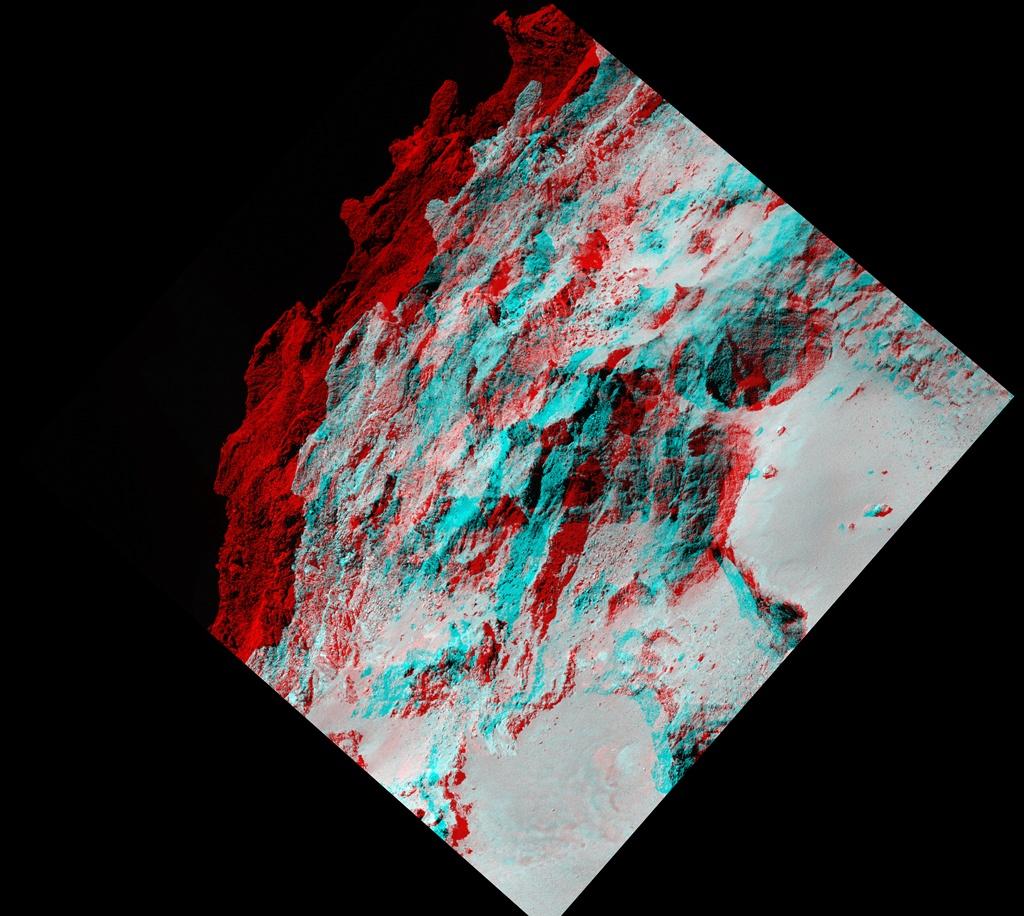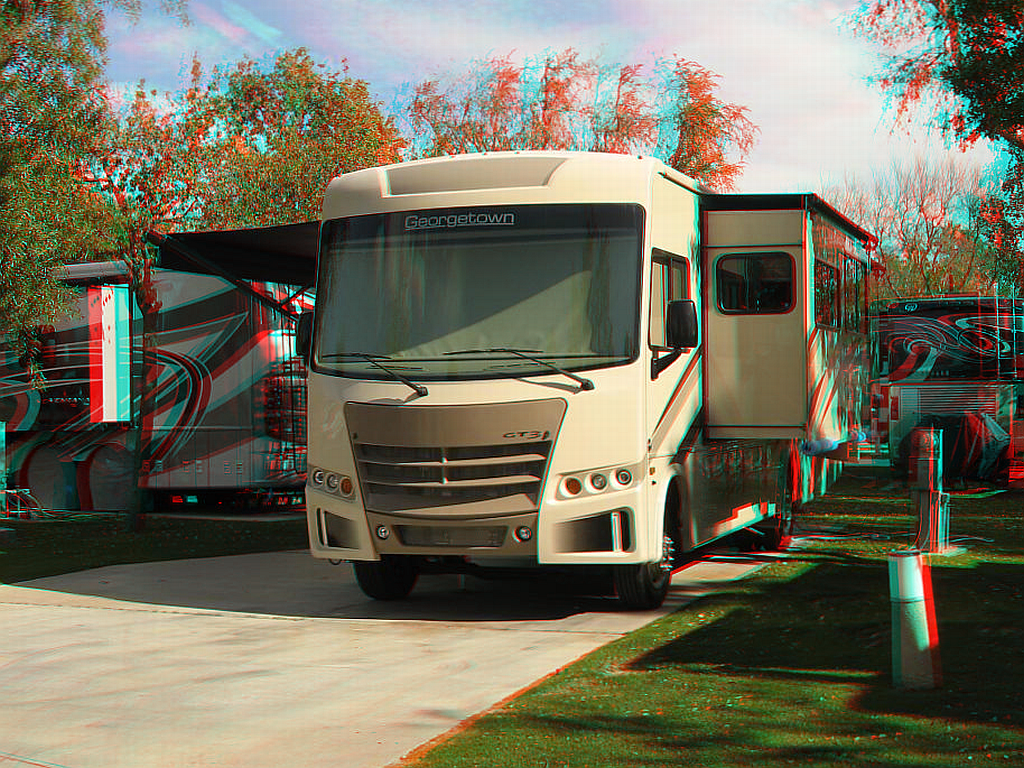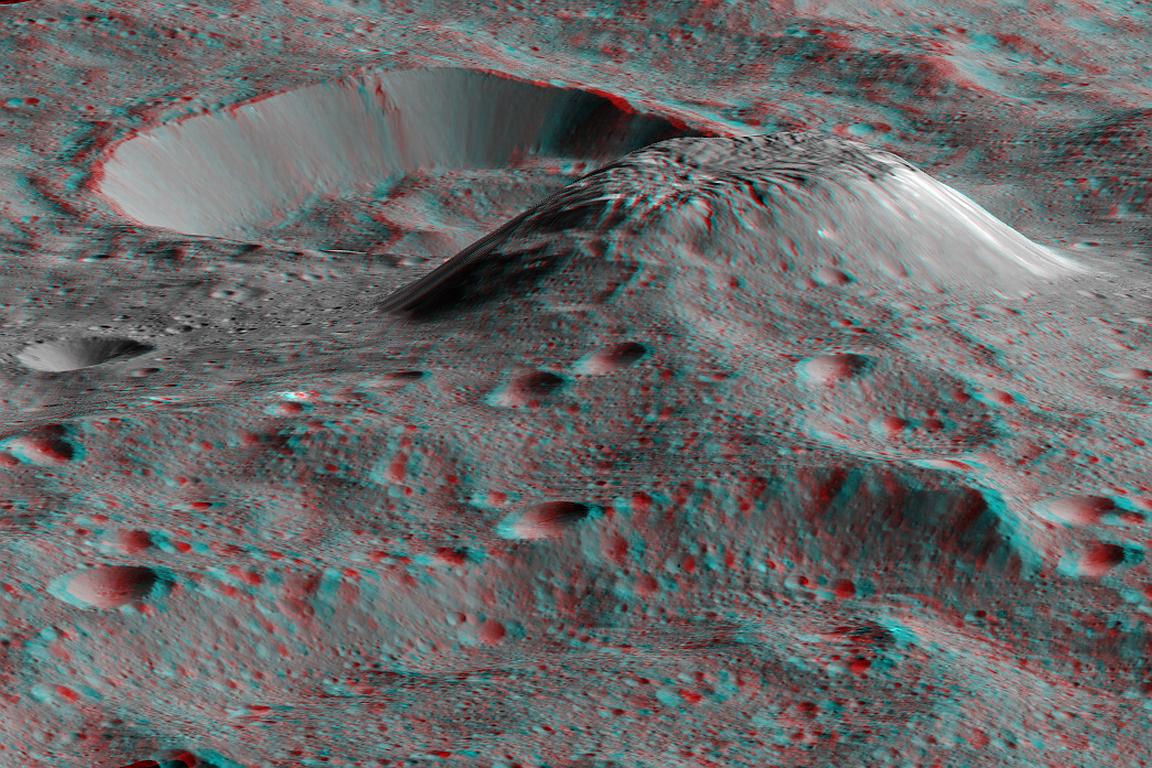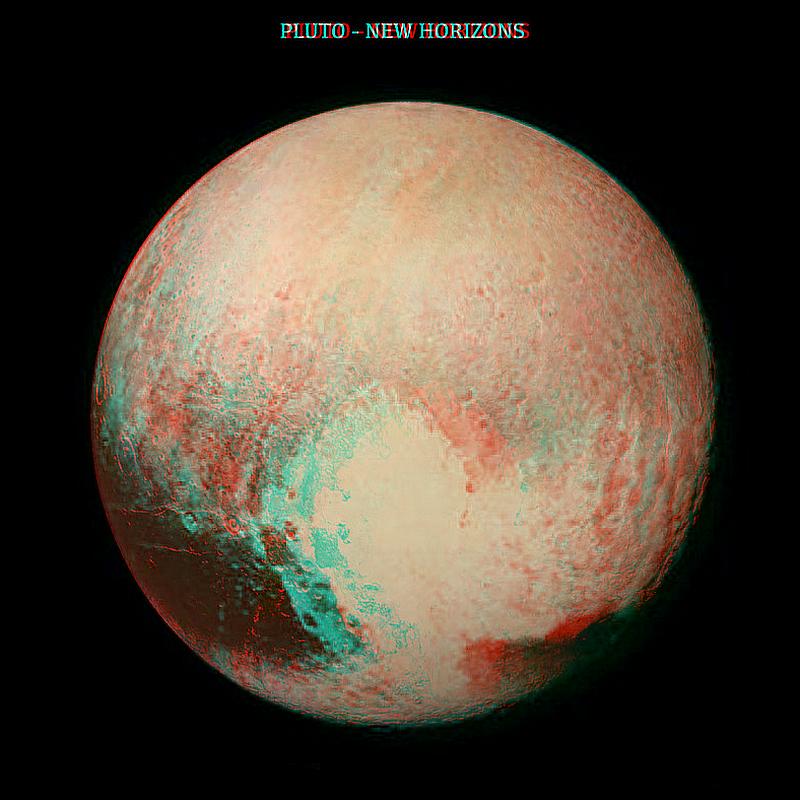The countdown has been underway here for almost five years since we first made our reservations at the RV campground near the centerline of the eclipse in Wyoming. Now, however, we’re down to the last few weeks before the big event. The Javascript countdown timer above shows the remaining time to the start of the eclipse (first lunar encroachment) in Arizona Time.
The date of the eclipse is August 21, 2017. The beginning of the eclipse is dependent on the location of the observer, but in our case is 16:22:20 UTC, The seven hour difference has been adjusted in the timer. Totality follows a bit over an hour later.






